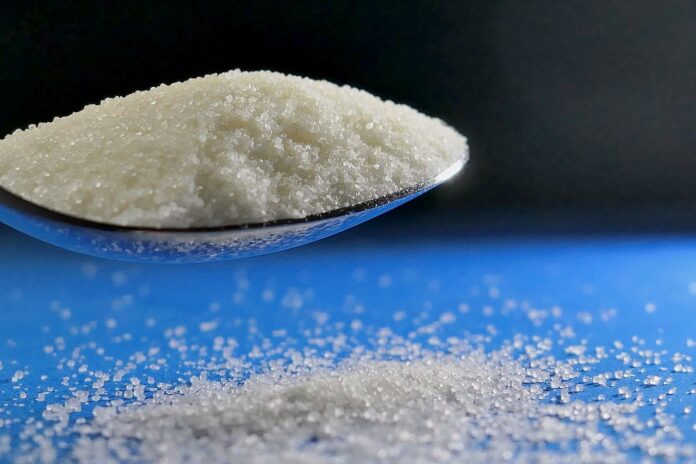While it is understandable that the coronavirus pandemic has overwhelmed most of us and led many to constantly think of the risks attached to any outside errand they run, there are still other long-standing pandemics that still need to be watched out for such as those instigated by alcoholic beverages, opioids, cigarettes and salt consumption.
Reading salt as a cause for a pandemic might’ve made you scratch your head but this ordinary, daily household item we so commonly consume can raise blood pressure as well as increase the likelihood of benign and fatal strokes as well as heart attacks. The mere magnitude of these diseases and risks places salt right next to the most lethal killers in the US as well as many other countries.
Also Read: Trump Blames COVID-19 Cases in the United States for Bad Election Campaigns Results
On average, people in the United States consume 1.5 teaspoons of salt each day, this adds up to 3,400 milligrams of sodium, this means that the average intake of salt is 50 percent higher than what the government recommends for the general public to consume. According to what the government recommends, an average person should be consuming 2,300 mg of salt. People however are taking twice the recommended amount for American adults by the American Heart Association.
According to the organization, adults should be consuming only 1,500 mg of salt in a day. This is important because over-consuming sodium can cause as many as 100,000 deaths annually in the United States and requires about $20 billion for the cost of health-care that ensues.
A study about the Global Burden of Disease lays an estimate that excessive sodium intake leads to between 1 million to 5 million deaths all over the world annually.
This means that the costs incurred over decades have been enormous and have led to health experts issuing warnings for high-salt diets to be an added risk for good health. The Dietary Guidelines for Americans usually put up recommendations as instructed by the government. They have long since urged Americans to choose to consume safe amounts of salt since it was first set up in 1980.
The issue with the whole case is the fact that recommendations can only go so far and over the span of the previous 30 years, salt consumption has not changed as was hoped.
About 75 percent of the total sodium we eat is found in common salt and ingredients that food companies include in packaged and restaurant food. Fewer than 15 percent of salt that most of the people eat is added when they cook or while they eat.
Also Read: People with Lower Body Fat are at Reduced Risk of Hypertension- American Heart Association Report
This is why public health officials prioritize getting companies to reduce salt content in their products since they usually account for 75 percent of the total salt consumption and because its easier than motivating a good hundred million people to give up on it when it constitutes almost all of the packaged foods we see in stores.
While some countries have sought help from volunteer program approaches, the US however has struggled with implementing such a model.
Regardless of the challenges that governments face implementing regulations on salt in products, people need to also be more aware of what they’re consuming and what will benefit them in the long run and what will not.




